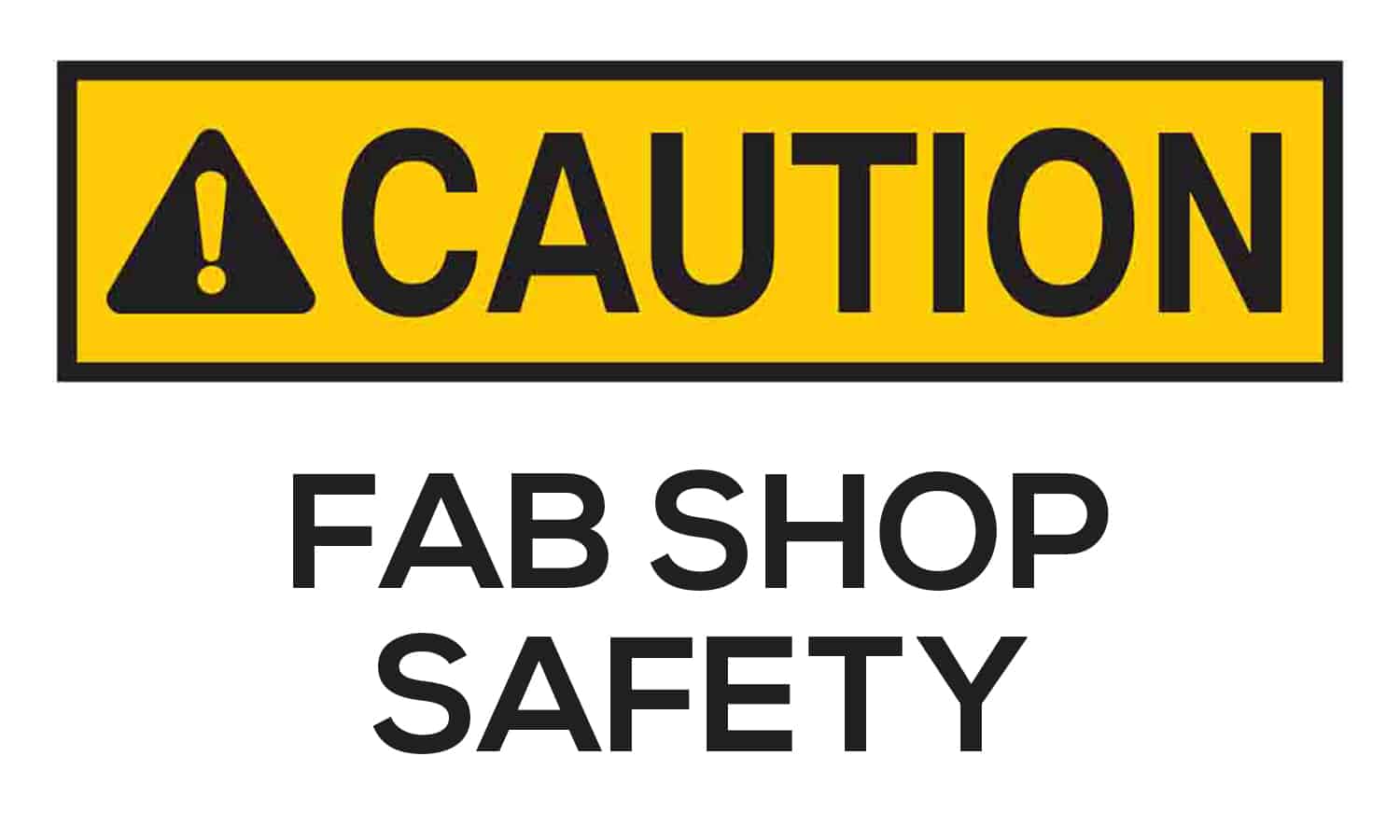The Most Important Asset
If you asked a fabricator to name the most important body parts required for their job, they likely would answer “hands.” After all, it’s difficult to use metalworking tools if you can’t hold or manipulate them. In a CNC world, however, more and more accommodations are becoming available for workers with physical limitations. Besides, many a machinist and blacksmith through the years managed to get by after losing fingers or suffering other nearly debilitating injuries.
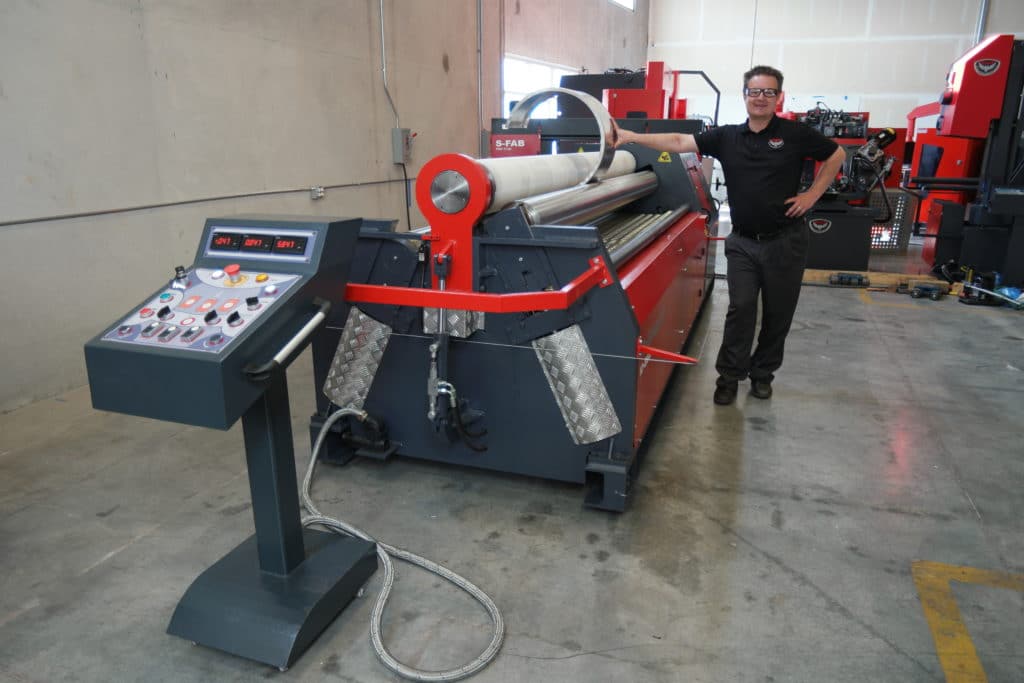
The one thing all metalworkers have in common, though, is the ability to see. Excluding legends of blind swordsmiths who fashion the finest steel blades for noble warriors, the men and women who craft metal must be able to see it. It is therefore paramount that workers in a shop environment—and their managers—place eyecare near the very top of their safety priority lists.
Steps for Eye Safety
Types of Personal Protective Equipment (PPE) that are appropriate—and usually required—in a shop environment differ according to what machines, materials and processes are present in a particular facility. While some pieces of PPE, like work gloves, are extremely common, perhaps the most universally needed item is eye protection.
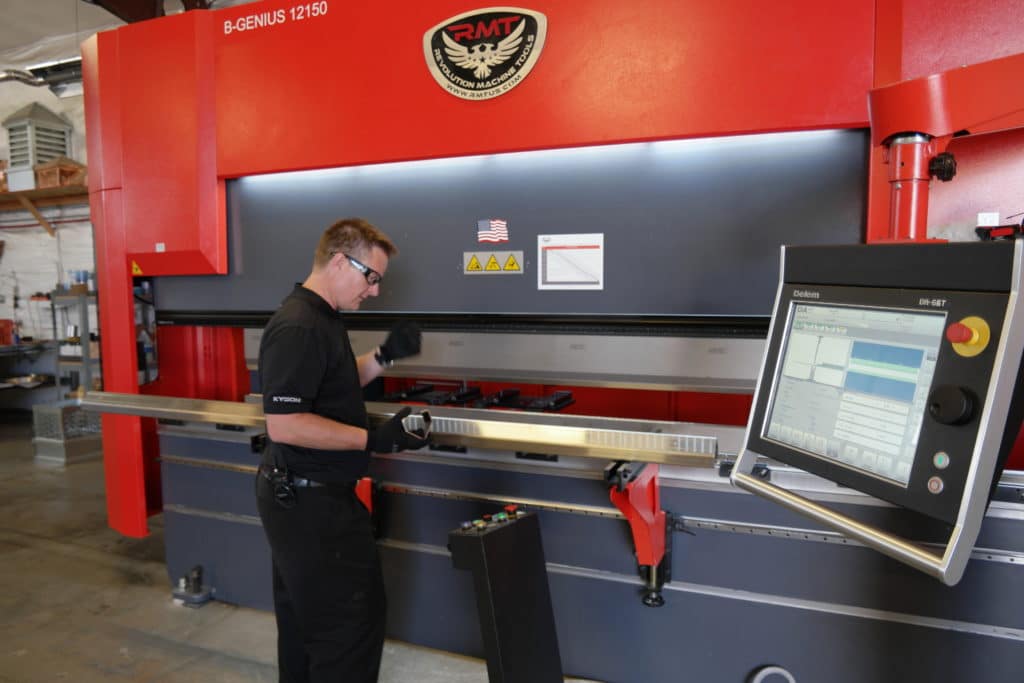
There are several ways that injuries to the eyes can occur in a metal production environment:
- Objects. While flying particles are typical in machine tool shops and other spaces where chip-forming takes place, any equipment that severs or shapes metal can hurl dangerous shards of it into the air. Likewise, any machine with moving parts—which is pretty much all of them—has the potential to break and send components flying. Wearing suitable safety glasses and keeping all machine guards in place will prevent the majority of object-caused eye injuries.
- Chemicals. Chemicals that are splashed in the eyes can cause serious damage and even blindness. Having a nearby first aid station with an eye wash is important, but chemical burns can result in immediate, irreversible damage. Simple safety glasses likely won’t be enough to protect from liquids, vapors, smoke or other fumes in the air. Face-fitting goggles and respirators should be employed as appropriate, and fume hoods, exhaust systems and simply good ventilation can be critical when gases are used by a process or are a byproduct of fabrication.
- Radiation. From harmful ultraviolet (UV) rays generated while welding, to powerful metal-cutting beams of light produced by shop lasers, a variety of radiation-related hazards are commonplace throughout the metalworking industry. Approved eye protection for whatever process is being used is essential for workers and bystanders alike. Even brief exposure to reflected UV radiation can be harmful. Fiber and other lasers should be equipped with safety doors that are always closed while the laser is engaged.
Thermal spray, molten slag, even being careless with a compressed air hose can cause an eye injury, so all shop personnel and management have to be vigilant at all times to safeguard themselves and others.
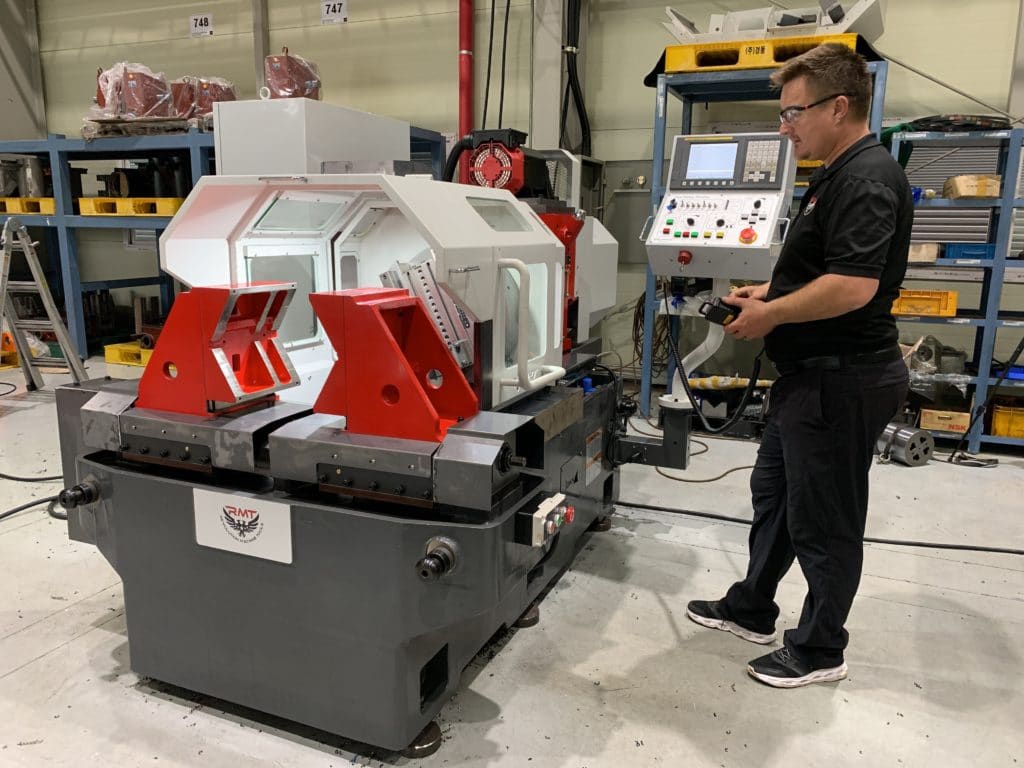
Maintaining Eye Health
Fabricators, machinists and shop workers alike need to be taught the importance of taking care of their eyes. Beyond supplying personal protective equipment and enforcing shop safety rules, there’s not much that management can do to make workers keep their eyes healthy.
They can teach workers the importance of eye health, however, and encourage them to take personal responsibility for all aspects of their wellbeing, including their eyes. With a culture of health, safety and responsibility being constantly cultivated by management, supplemented by short, fun training sessions at the end of weekly or monthly department or company meetings, employees can be influenced into wanting healthier and more productive personal lives. These lifestyles, in turn, will result in more positive and productive employees in the shop.
Once a quarter, management should very briefly review proper eye safety with all employees—not just those regularly in the shop—to help reinforce company policies. These occasions are perfect opportunities to quickly share an idea or two about other aspects of eye health, inviting employees to respond with their own personal or family anecdotes about following or not following the advice discussed. The interactive nature of these concise trainings will help the employees remember and internalize the principles taught.
From giving up smoking to taking steps to prevent dry eyes, there are many possible eye health topics that can be taught to employees. Below are a few examples.
- Protection. Eye safety isn’t just for the shop floor. From home improvement work to playing many sports, protective glasses or goggles should be worn whenever a risk is present.
- Sunglasses. Damage to the eyes from exposure to the sun can eventually result in cataracts, macular degeneration or even eye cancer. Quality sunglasses that block most UV radiation should be an indispensable part of everyone’s wardrobe.
- Contacts. Eye infections are more likely to result when foreign objects are introduced into the eyes, and this includes contact lenses. Contacts should be cleaned properly and replaced when needed. Washing hands before putting in or taking out contacts is also critical.
- Rest. Being a night owl might be fun, but eye strain isn’t. Getting proper sleep and giving eyes a rest from time to time throughout the day is important. This should be stressed almost more to your office workers than your shop personnel—staring at a computer screen all day can really take a toll. Eye care professionals recommend the 20-20-20 rule to reduce eyestrain for computer users and others who are constantly focusing closely on things: Every 20 minutes a person should look at a spot about 20 feet away for about 20 seconds.
- Exams. Regular eye exams are just as important as annual physicals in maintaining health. This is especially essential for employees with health issues like diabetes that can cause eye damage. Never give an employee the impression that taking time off for a medical visit is a burden to the company. A tiny dip in productivity now can prevent serious personnel absences or loss in the future.
- Diet. Human beings need to eat a healthy, balanced diet. Give training to employees to encourage them to eat plenty of fruits and vegetables and especially those foods that promote good eye health, such as berries, vegetables containing carotenoids (like bell peppers, squash and carrots) and fish high in omega-3 fatty acids (like tuna, salmon and halibut). Provide some healthy alternatives free of charge to employees in the breakroom so they won’t depend on your vending machines as much for a snack or meal substitute. Make sure catered company parties and other events include healthy options.
- Weight. Without engaging in any type of body shaming, cheerfully encourage staff to be conscious of maintaining a healthy weight. Besides all the other health benefits, avoiding being obese (or even moderately overweight) reduces the risk of developing health issues that are especially damaging to the eyes, such as high blood pressure, arterial disease and diabetes (which can lead to glaucoma or diabetic retinopathy).
- Exercise. 30 minutes a day, five days a week of physical activity can help keep the pounds off and reduce the risk of heart problems as well as diseases that can affect the eyes. Exercise can also help people to sleep better, have less stress and improve their moods, useful traits to have in employees. While exercise should only be encouraged and not forced on staff members, there are many ways that management can motivate employees to get more movement in their lives. Some ideas include offering free or discounted gym memberships, sponsoring company sporting events or providing an obstacle-free area around the circumference of the property or a building where employees can walk during their breaks.
Employees should be encouraged to talk with their health care providers to learn other ways to improve and maintain their eye health.
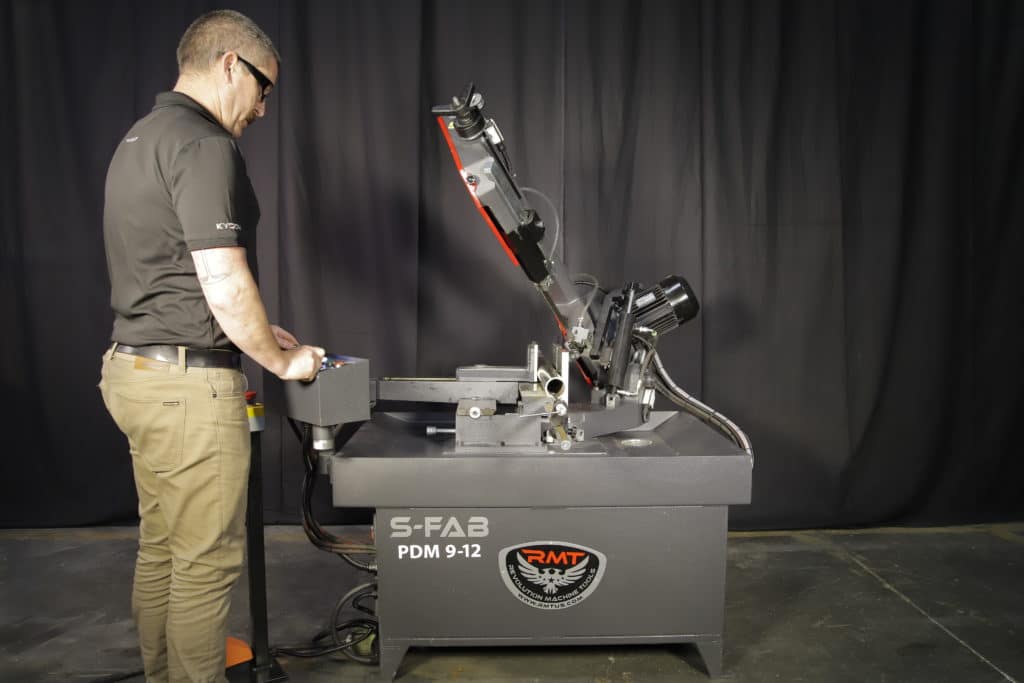
I Can See Clearly Now
Ultimately, it is up to each employee to decide how well they will take care of their eyes. Management should continue to provide education and encouragement, while strictly enforcing shop safety rules. By creating a culture of health, safety and responsibility, a company can inspire staff members to do a little better to keep their eyes healthy, on and off the job.
Someday, each of those employees could be watching a beautiful sunset in their retirement and feel profound gratitude for all the steps their company took to help them keep their vision intact throughout their employment and beyond.



